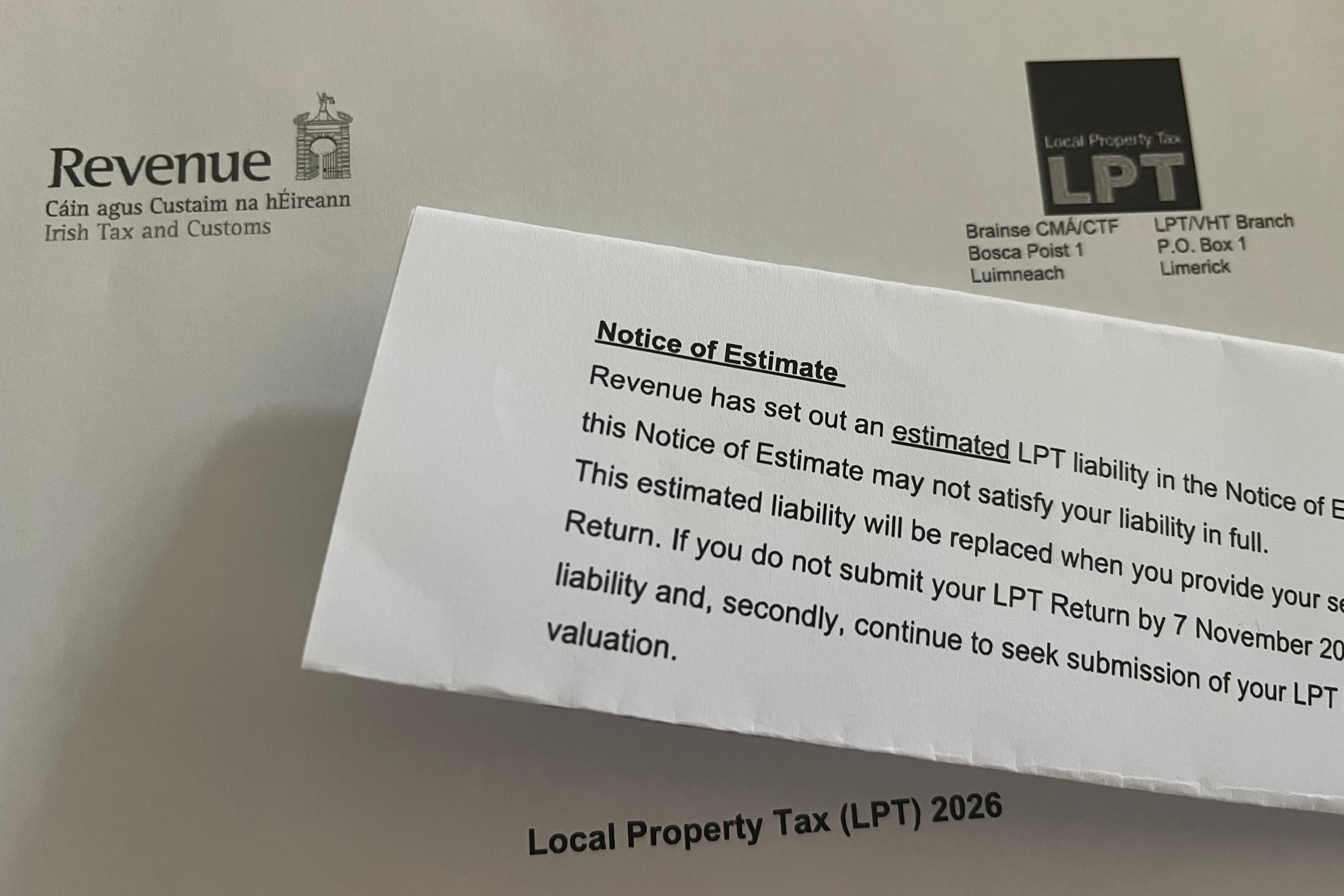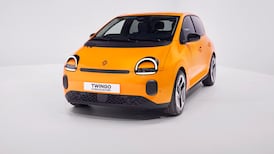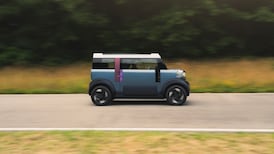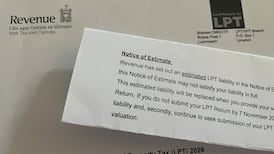TBC. That’s the answer to the big question on the arrival date of this new all-electric Renault Twingo on these shores, with it set to go on sale elsewhere in 2027.
Much depends, it seems, on the car’s range and how suitable it will be to an Irish car-driving populace that’s not as urban-mileage-focused as customers in the rest of Europe.
The news that the new Twingo will have a range of 262km, from a 27kWh lithium-iron phosphate (LFP) battery, will encourage those hoping not to miss out on the cheeky gorgeousness of this new Twingo E-Tech in the same way as we missed out on the now-classic original, styled by one of the great car designers, Patrick Le Quément, who was also partly behind the original Ford Sierra.
Back in 1992, the original Twingo was only made with left-hand drive, so it was never officially sold in Ireland. We did get our hands on the subsequent two generations of Twingo, but neither were as stylish nor as cleverly space-efficient as the Le Quément original.
READ MORE

This new all-electric Twingo clearly riffs on the look of that original model, with a smiley face and expressive eye-like headlights and an overall cheeky demeanour pressed into its 3.7 metres of steel.
According to Paula Fabregat-Andreu, design project director for Renault’s semi-spun-off electric car company Ampere: “Our main aim in designing this modern-day Twingo was to recapture the bold spirit of the first generation, a compact one-box silhouette, spacious and modular inside with the playful, mischievous character that defined the first generation.
“Twingo E-Tech electric is bright and cheerful, with curvy lines and huge, impish eyes that give it a vibrant personality and a unique character in the automotive landscape. More than just a vehicle, it’s a true companion. A champion of everyday life, able to turn every journey into a moment of fun.”

As with the original, it’s very space-efficient inside despite that small length, with a rear seat – and there are only seats for two in the back – that slides back and forth by 17cm, a maximum of 360 litres of boot space, and 50 litres of underfloor storage for your charging cables.
There’s no “frunk” in the nose, as the bonnet is a sealed unit, but there’s a neat touch in that the new Twingo repeats the original’s little air vents on the bonnet, and one of those pops open so you can fill up with screenwash.

The cabin uses the same 10in touchscreen as the electric Renault 5, with Google-based software that includes built-in Google maps and incorporates a journey planner that can figure out where and when to charge on a longer run.
Charging, incidentally, is done at up to 11kW on AC power and 50kW on DC power. There’s V2L (Vehicle To Load) power too, allowing the Twingo to act as a mobile power bank for other electric devices.
There’s a 7in digital instrument panel too, and enough brightly coloured bits to distract from the cheap cabin plastics. Then again, that’s a Twingo tradition too – the original used bits and pieces from older Renault models, including a ceiling light from the original Renault 4, to cut costs. The chunky, boiled-sweet-like hazard-light switch has been resurrected here, too.
The Google software also means there’s a 100-strong app store for you to download other apps, and an optional Arkamys sound system designed in collaboration with famed French composer Jean-Michel Jarre.
There’s even an AI avatar, called Reno, which pops up on the screen, in the manner of Microsoft’s famously irritating “Clippy”, if you need to ask the car some questions.

Renault knows it has to keep pace with modern safety tech to sell this new Twingo to a modern audience, and so has packaged 24 “Advanced Driver Assistance Systems” or ADAS into the Twingo.
That’s the very type of technology that has pushed so many carmakers out of this cheap, small, city-car market and into the lazier, easier-profit arms of bulky SUVs, but Renault reckons it can square that circle.
Partly that’s down to the battery – LFP batteries are cheaper to make, and Renault says that the Twingo’s battery costs 20 per cent less than a more sophisticated nickel manganese cobalt (NMC) battery.
There arealso savings to be made thanks to a Chinese connection.
Although the new Twingo will be built in Slovenia, part of the development was carried out by Renault’s “ACDC” design and engineering office in Shanghai, which it says allowed it to “accelerate development times and purchasing functions to improve competitive edge. It also maintains a technology watch to identify the technologies of the future.”
It also helps that this time around, the Twingo won’t be the only car built on this low-cost platform. Partly, it’s shared with the Renault 5 and Renault 4, but there will also be an as-yet unnamed Dacia model built using the same set of components, which will help to spread the costs.

Renault says that all of that cost-saving means the Twingo can be sold for less than €20,000 – making it a competitor for the likes of the base-model Hyundai Inster, the Leapmotor T03 and the BYD Dolphin Surf.
Crucially, Renault also says that while the city-car market has dwindled to a fraction of its 1990s self, this isn’t because customers aren’t there, but because carmakers abandoned the market in search of easier profits with bigger cars.
“Contrary to popular belief, the current size of the A segment is not a reflection of low demand: motorists across Europe are still looking for compact, affordable vehicles, designed for urban living or for use as a second car,” said Renault in a statement. “The problem lies in the size of the offering. Faced with the difficulty of reconciling competitive edge, compliance with standards, and modern customer expectations, most manufacturers have simply pulled out of this segment.”
Will that prove true? And will it prove true for Irish buyers? We shall have to wait and see, but the answers will start to become clear in 2027.














